Results
-
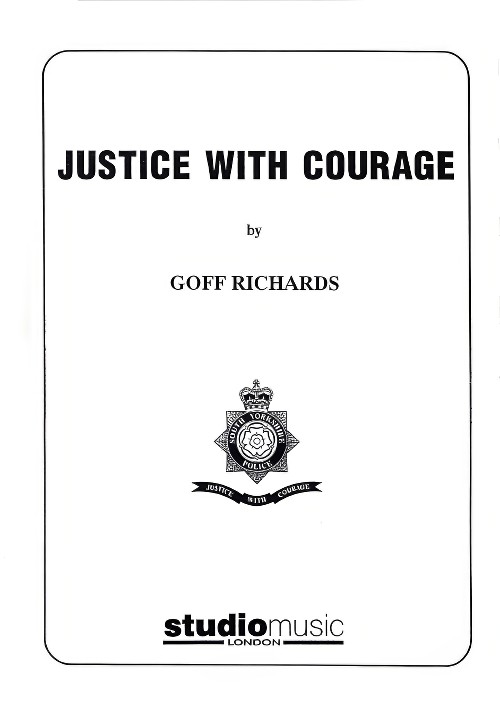 £37.95
£37.95Justice with Courage (Brass Band) - Richards, Goff
Recorded on Polyphonic QPRL055D The Music of Goff Richards
Estimated dispatch 7-14 working days
-
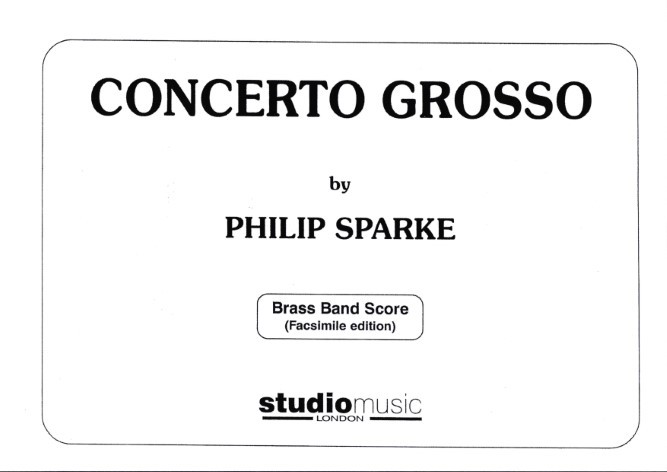 £74.95
£74.95Concerto Grosso (Brass Quartet with Brass Band - Score and Parts) - Sparke, Philip
Please note: this is a facsimile set and printed to orderRecorded on Polyphonic QPRL081D Cambridge Variations (The Music of Philip Sparke Vol.1)
Estimated dispatch 7-14 working days
-
 £42.95
£42.95BENEDICTUS (from The Armed Man (A Mass for Peace)) (Euphonium Solo with Brass Band) - Jenkins, Karl - Small, Tony
Recorded on Polyphonic QPRL224D Master Brass (Volume Seventeen)
Estimated dispatch 7-14 working days
-
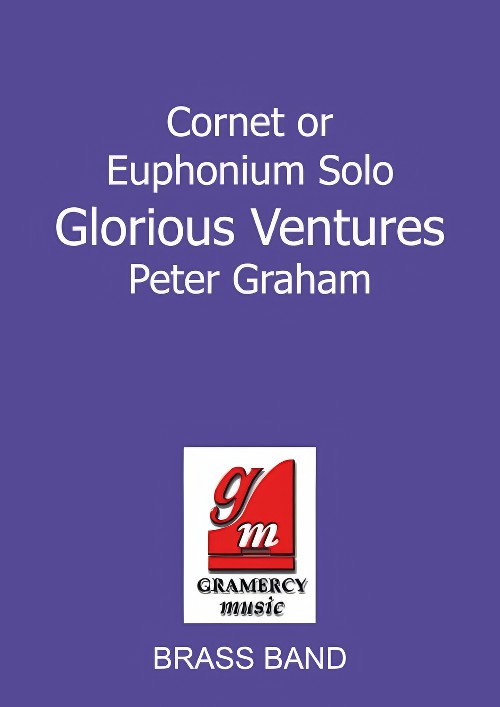 £44.95
£44.95Glorious Ventures (Cornet or Euphonium Solo with Brass Band - Score and Parts) - Graham, Peter
Variations for cornet or euphonium on?Lily of the Valley.?broadcast, recorded by David Daws, Steven Mead, Brian Taylor, Roger Webster among others.
Estimated dispatch 7-14 working days
-
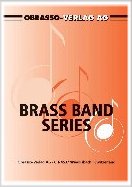 £50.90
£50.90IF I WERE A RICH MAN (Bass Trombone Solo with Brass Band) - Bock, Jerry - Smith, Sandy
From Fiddler on the Roof. Grade: Medium.
Estimated dispatch 7-14 working days
-
 £37.95
£37.95IN A SENTIMENTAL MOOD (Flugel Horn Solo with Brass Band) - Ellington, Duke - Howarth, Elgar
When Elgar Howarth turns his hand to arranging the music of others you know you are in for a rare treat and this arrangement for flugel horn and brass band of Duke Ellington's classic is just that. Recorded on QPRL010D Firebird. Duration: 3:30.
Estimated dispatch 7-14 working days
-
 £50.90
£50.90SO DEEP IS THE NIGHT (Euphonium Solo with Brass Band) - Chopin, Frederic - Fernie, Alan
Based on a melody by Chopin. Grade: Medium.
Estimated dispatch 7-14 working days
-
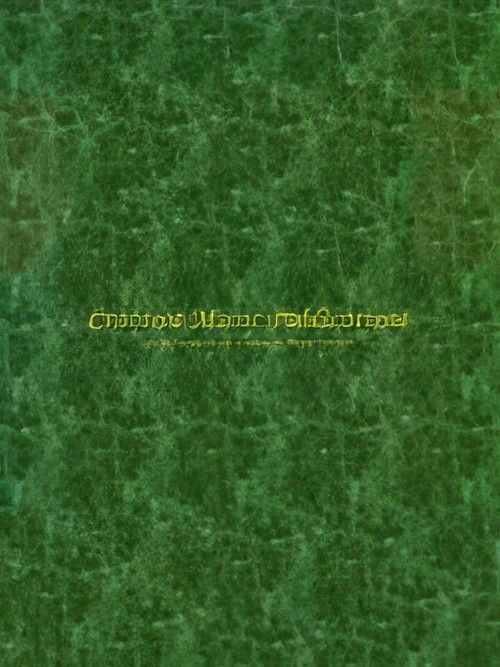 £59.99
£59.99The Bass Boys (Bass Quartet with Brass Band - Score and Parts) - Wilson, Brian - Duncan, Andrew
Quartet for Tubas based on Good Vibrations.Duration: 3:00
Estimated dispatch 7-14 working days
-
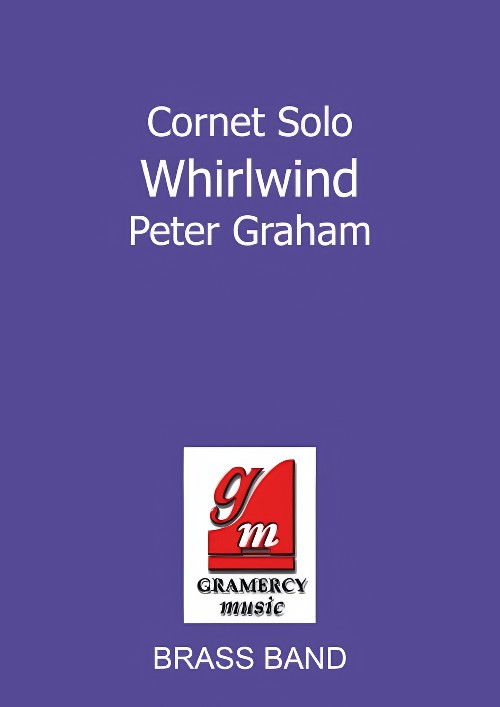 £44.95
£44.95Whirlwind (Cornet Solo with Brass Band - Score and Parts) - Graham, Peter
An exciting cornet display piece, recorded by Roger Webster on Call of the Cossacks.
Estimated dispatch 7-14 working days
-
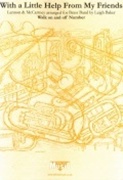 £35.00
£35.00With a Little Help From My Friends (Brass Band - Score and Parts) - Lennon & McCartney - Baker, Leigh
The Lennon & McCartney hit arranged by Leigh Baker as a Concert Walk on and off Number.
Estimated dispatch 7-14 working days
